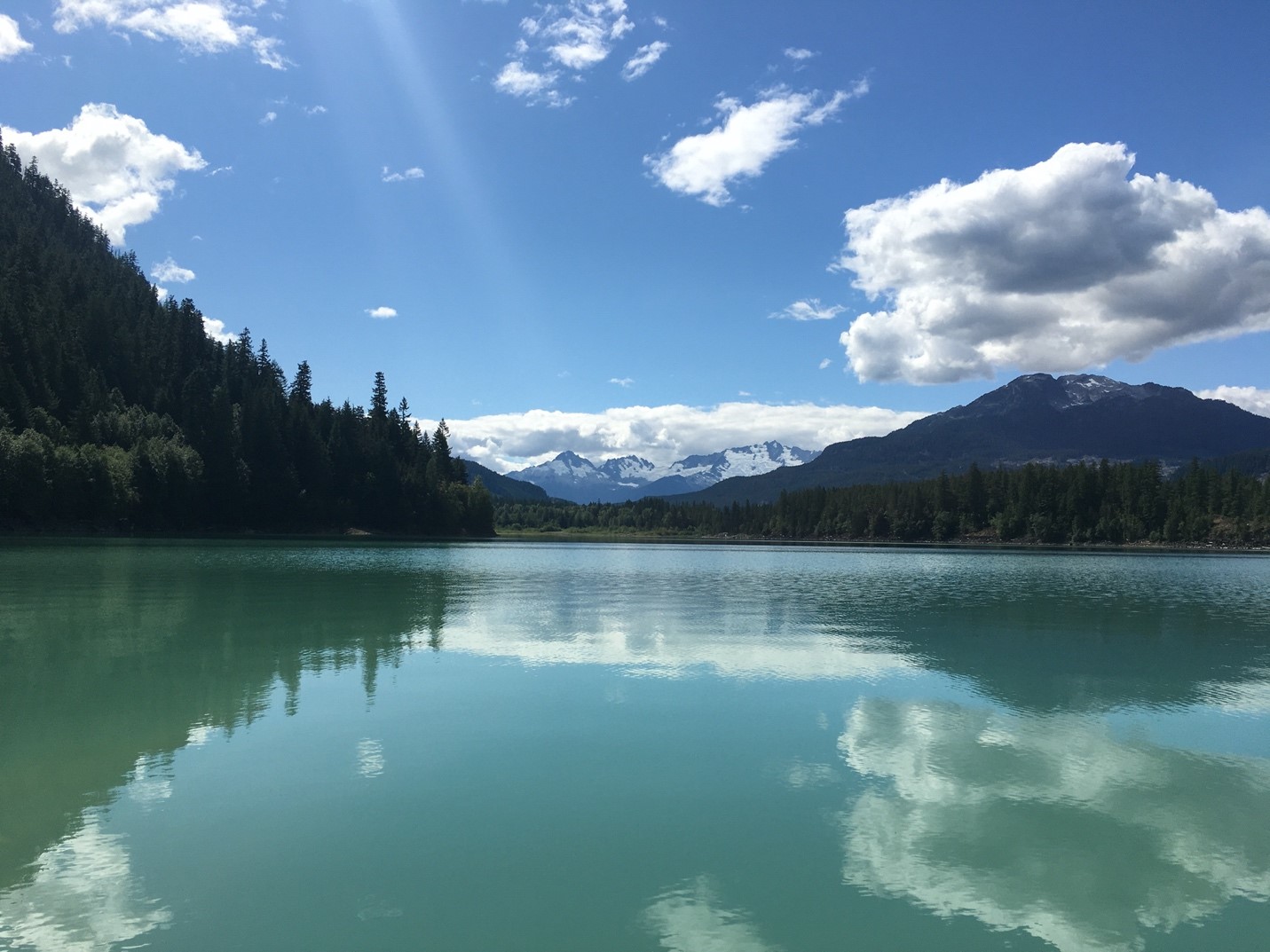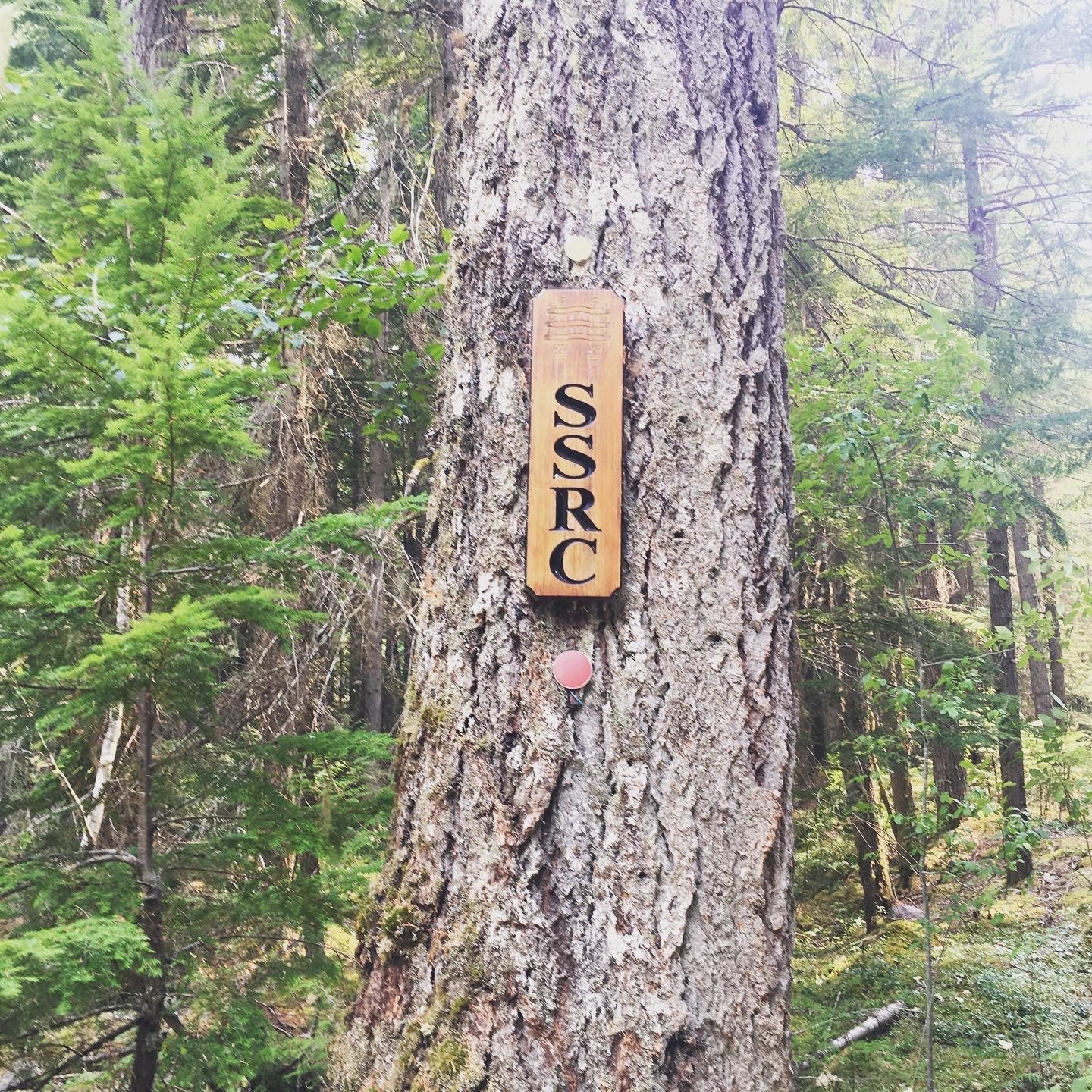The following is a reflection by Dr. Dagmar Schwerk (Khyentse Foundation Postdoctoral Fellow in Tibetan Buddhist Studies, UBC Himalaya Program Steering Committee member & Asian Studies Sustainability Initiative Committee member):
How can instructors include more climate crisis content in UBC courses that don’t deal primarily with those topics and are taught by instructors who are not climate experts? How can community-engaged teaching formats and student-centered approaches, even in online settings, contribute to a successful implementation and engagement with these critical and urgent topics? This is my second year teaching a module called “Engaged Buddhism and the environment” in my ASIA 311 Tibetan Buddhism class at the UBC Department of Asian Studies. In general, this undergraduate course introduces the history, key doctrines, practices, and religious life of Tibetan Buddhism, and students from various departments of the Vancouver campus and diverse backgrounds are enrolled in this course.
With the first snowflakes falling outside in December 2019, Ron Stewart (facilities coordinator and long-term volunteer at the Sea to Sky Retreat Center [SSRC]) and I are sitting by the fireplace in the beautiful main lodge of the retreat center, talking excitedly about how to integrate topics such as engaged Buddhism, the environment and climate crisis, reconciliation with First Nations, and community-engaged activities into my course about Tibetan Buddhism—topics all dear to my heart as a scholar, educator, and person. In the end, we decided to plan a field trip to SSRC in the upcoming year, something Ron had already done repeatedly with students of other higher educational institutions in Vancouver and the Lower Mainland. But then, in the beginning of 2020, the pandemic hit and we had to adapt to an alternative online format.


Daisy Lake: Photo credit: Dagmar Schwerk, 2021.
The SSRC is located in a jaw-droppingly beautiful coastal rainforest setting near Whistler in the Cheakamus River Valley. It is the only human habitation at the shores of Daisy Lake, a 36.1-hectare-sized lake, and is completely off-the-grid. This means that SSRC operates its own system of sustainable power generation, water collection and treatment, sewage processing, and heating—without municipal water/sewer or connection to any power grid. It is also only accessible by a bumpy 2.5 km-long private dirt road through rockfall areas. In the early 1990s, Siddhartha’s Intent Canada acquired the land and gradually, and with the help of many sponsors and volunteers, built a sustainable Buddhist retreat center. Siddhartha’s Intent Canada belongs to Siddhartha’s Intent, a global collective of Buddhist groups that organize teachings and seminars in the Tibetan Buddhist tradition of the Khyentse lineage and support Dzongsar Jamyang Khyentse Rinpoche’s activities. The SSRC offers retreat space for individual practitioners of different spiritual traditions in an open and non-sectarian attitude, and various group programs. Today, SSRC can host about thirty people in twelve permanent structures.
The SSRC lies on the boundary of two traditional First Nations territories, the Lil’wat and the Squamish peoples. From its inception, the SSRC has been working with their members and the Whistler municipality as partners in the joint stewardship in the Cheakamus Community Forest (CCF) process. The SSRC Sustainability Plan, which is a reading assignment for my students, and the agreement on the management of the Old Growth Management Area (OGMA) of the community forest adjacent to SSRC are both examples of this process. Indeed, the SSRC plays an important part as caretaker of these lands as it functions, for example, as an early warning system for the region during the annual and increasingly devastating wildfire season.


Viewpoint with Tibetan prayer flags at the Sea to Sky Retreat Centre (SSRC). Photo credit: Dagmar Schwerk, 2021.
Close to the end of the semester, when we arrive at the module called “Engaged Buddhism and the environment,” students already have a very good grasp of the history of Tibetan Buddhism and what “view, meditation, and conduct” mean in the Tibetan Buddhist tradition. Moreover, together, we have successfully deconstructed common stereotypes and misunderstandings about Tibetan Buddhism that are a by-product of both the globalization of Buddhism and the colonial history. For this module specifically, students have analyzed how conduct and ethics are traditionally categorized in Tibetan Buddhist scriptures into three different codes (lay and monastic practitioners/Bodhisattvas/Tantric practitioners) and have learned that ethics in Tibetan Buddhism is a complex topic. Now, students transfer their theoretical knowledge to the practice example of the environment and climate crisis. Indeed, while it is a common phenomenon that global warming and the climate crisis falsely appear to be still somewhat distant and difficult to grasp (despite an extreme wildfire season and the devastating floods in British Columbia last year), it is already a lived reality in many Himalayan and Tibetan communities resulting in the loss of livelihoods and the dislocation of climate refugees today.
In our two virtual sessions with Ron, we covered a lot of ground in addressing the thoughtful questions students raised on the discussion board after reading the SSRC Sustainability Plan. How is it technologically possible to live completely off-the-grid? What can folks who are not Buddhist and live in cities learn from the SSRC? How can we learn to make informed choices about sustainability and moderation in consumption in such a complex world? How does the SSRC engage with indigenous peoples and the land it is located on? Ron also walks us through a typical workday for the staff and volunteers at the SSRC. We discuss important aspects of Buddhist practice, such as dedicating good merit to all other beings at the end of the day or considering work as “karma yoga.” Ron emphasizes the importance of breaking the cycle of “instant gratification” that most of us are used to through the physical and mental infrastructures of modern, neo-liberal societies: Things seem to be (or are advertised to be) at our fingertips most of the time. He shows us how at the SSRC, a sustainable lifestyle that is necessary in today’s world with scarce resources, does not mean missing out but is actually a comfortable and joyful way to live.


Welcome to the Sea to Sky Retreat Centre (SSRC)! Photo credit: Dagmar Schwerk, 2021.
And, there it is happening again: As Ron joins us from a place completely off-the-grid via satellite internet, his picture in Zoom is freezing from time to time; we are reminded of how used to “instant gratification” we are. Saying goodbyes to each other, we are aspiring to meet in person in the future: maybe on the interpretive trails at SSRC to learn about local plants and trees and their traditional, indigenous uses while munching berries and learning to be wildlife- and bear-smart; maybe when joining the next SSRC forest-clean-up as a volunteer and taking a refreshing swim in the crispy waters of Daisy Lake afterward; maybe by sitting together around the fireplace in the main lodge sharing a simple but delicious meal of just foraged fiddleheads with each other and building community; or, last but not least, maybe just enjoying a contemplative retreat in one of the beautiful cabins—after all, this is a retreat center, right?
Later, students submitted a reflective e-journal entry that often demonstrated an increased awareness of their interconnectedness with the environment, the urgency of the climate crisis, their personal impact on it, and the importance of making informed consumption choices. Moreover, many students decided to discuss topics in their final research essay ranging from how indigenous Tibetan Buddhist conceptions of ethics and nature can support biodiversity (preservation of snow leopards); to how the social activism of the We’tsuwet’en First Nation can be compared to Buddhists; to how secularized Buddhist ethics positively influences economic-environmental sustainability frameworks in the policies of Gross National Happiness (GNH) in Bhutan. Instructors should consider using open pedagogy approaches and therefore choose assignment types that acknowledge students as important knowledge creators contributing to the public discourse about the climate crisis, for example, collaboratively compiling field notes into a UBC Wiki or writing the final essays as scholarly blog entries.
Thich Nhat Hanh, the famous Vietnamese Zen master, teacher, peace and ecology activist, and artist who just passed away at the beginning of this year, coined the multifaceted term “inter-being” based on the Buddhist doctrine of “dependent origination” and relating to a sense of being in touch with the world and other beings (human and other) and, as a result of this insight, taking the Buddhist spiritual path to action in this world (related to the words tiep and hien in Vietnamese). After learning about engaged Tibetan Buddhism and the environment in this online community-engaged and student-centered module with Ron from the SSRC, we all agree that “inter-being” rather than “instant gratification” is indeed the smart choice.
For any questions or comments, please reach out to Dr. Schwerk:
The time to act is now; here are some useful resources for interested instructors who wish to engage in teaching about the climate crisis at UBC:
- UBC Climate Emergency: “Expand climate education opportunities and resources for the UBC community and broader public”
- UBC Climate Education Grants
- UBC Climate Teaching Connector
- Connect to an Asian Studies Sustainability Initiative Committee member for an individual chat
- Learn more about indigenous territories, languages, and lands in Canada
- Sea to Sky Retreat Center (SSRC)
- Sea to Sky Retreat Center on social media
- Sea to Sky Retreat Center Sustainability Plan (2021)
- Siddhartha’s Intent Global
- Interview with Ron Stewart in Northwest Dharma News: “Off the Grid at Sea to Sky Retreat Centre Whistler, British Columbia”
- Thich Nhat Hanh. Interbeing: Fourteen Guidelines for Engaged Buddhism. Berkeley, CA: Parallax Press, 1987.


